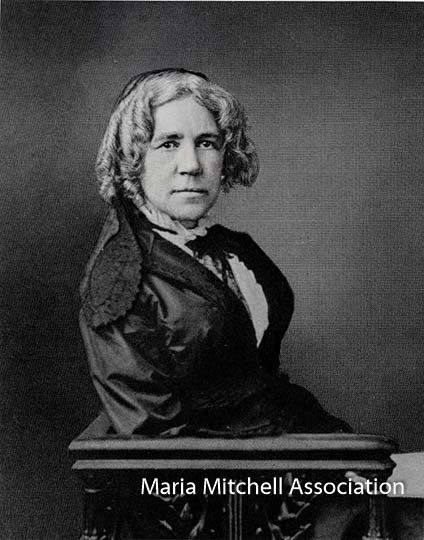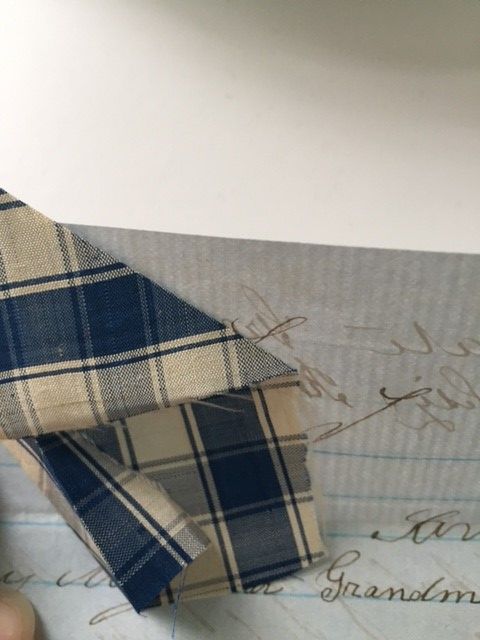The Lichen Guy
I did not know him well but I did know him for a long time. He first comes into my memory when I was a young teenager at the MMA. He was some sort of scientist associated with Nantucket’s UMASS Field Station. He had an English accent. He was funny and gregarious. He was about quite a bit because of the work he was doing with students in the summer at the Field Station and because he was friendly and worked in conjunction with people who either worked for the MMA or had close ties to the MMA for a myriad of reasons.
I got to know him a bit better – as an adult – when I hosted a stone conservation workshop probably a dozen or so years ago. It was the first time I did it. I had written part of a grant to the Community Preservation Act to fund a workshop with a stone and paint conservator who I had been working with at the Mitchell House. We had a dozen people show up – including the Prospect Hill Cemetery Historian who I now continue to do this workshop with – and Doug Eveleigh came too. He came a little late and I was sort of surprised. I knew a bit about what he did – and I am WAY oversimplifying it here – he studied fungi, moss, and lichens and had been using the stone monuments on Nantucket for some of his work. Stone monument is another word for gravestone. And, given the climate here –damp, fog, pure and reflective sun, few trees – the moss and lichens that grow on the stones is very unusual. For a scientist working in such an area, a boon likely. For the stones and a preservationist like me, a nightmare of destruction.
So, we taught people how to properly remove the lichen and moss without harming the historic stone monument. And Professor Eveleigh sighed and sat and then began to regale us with all the amazingly different types of lichens and moss that we were in fact killing. I offered him some gloves, a brush, some of the cleaner but he politely refused and said he would watch. We learned a lot from him – it was an added bonus – and while I felt good about helping the stones I started to feel guiltier about killing the lichen and moss (still do to this day) and its little ecosystem.
In the end, with maybe ten minutes to go out of a two-hour program, he actually decided to remove some lichen and moss. I was surprised – we all were – not sure what changed his mind. But, ever since that day, I often remark about him joining us and his struggle to remove the moss and lichen when I lead such a workshop. But, I also note how much he shared with us. I know it was just scratching the surface (pun intended).
Over the years, I would occasionally hear from him or see him if he was back on island. Always jovial and always mentioning the moss and lichen.
Sadly, Professor Eveleigh passed away at the end of December. But, I will always remember his attendance at the stone workshop – and continue to tell the story. I encourage you to look him up – my blog here doesn’t do his life’s work justice. I am, after all, a historian and preservationist not a scientist – though working for a science organization, I do try!
JNLF
Recent Posts




